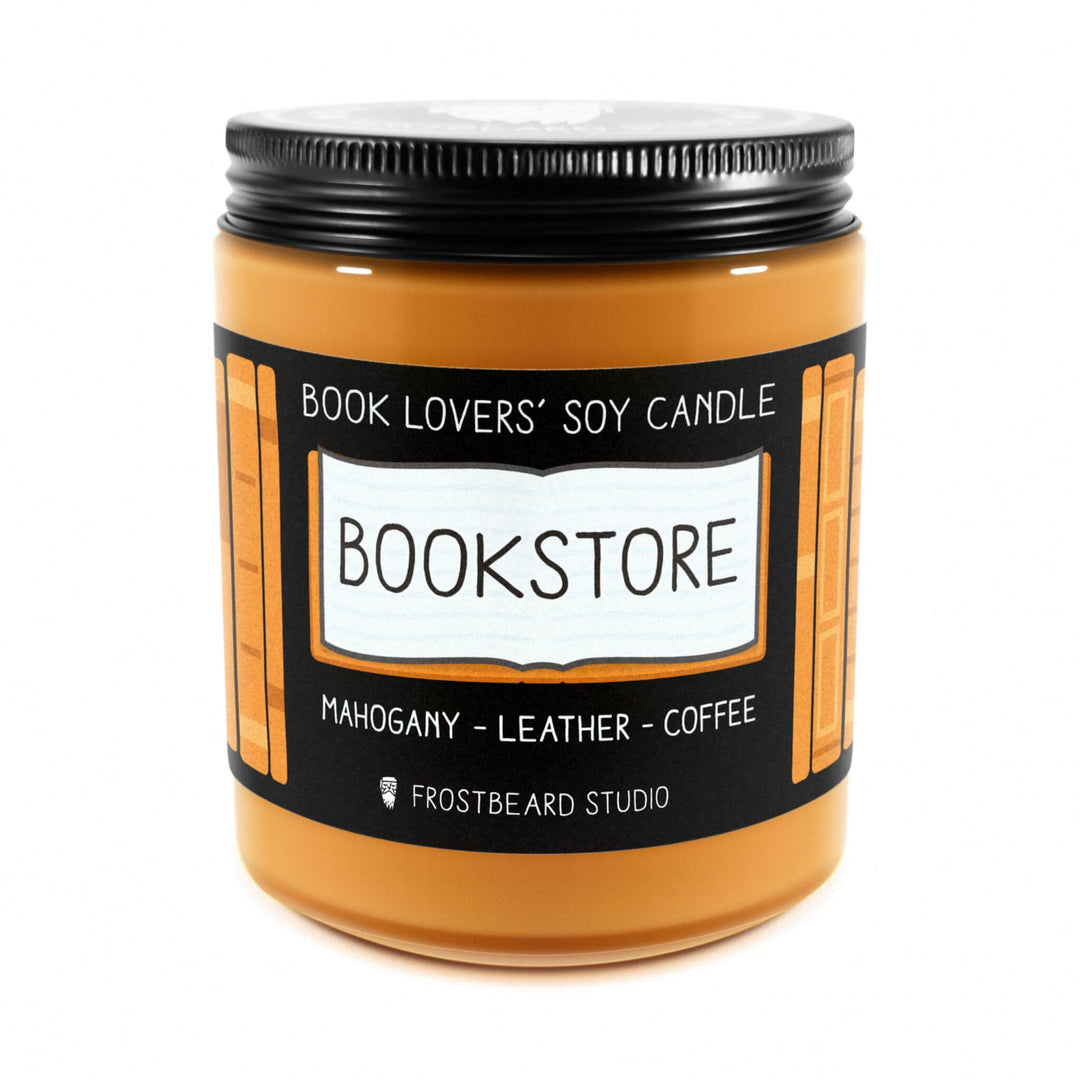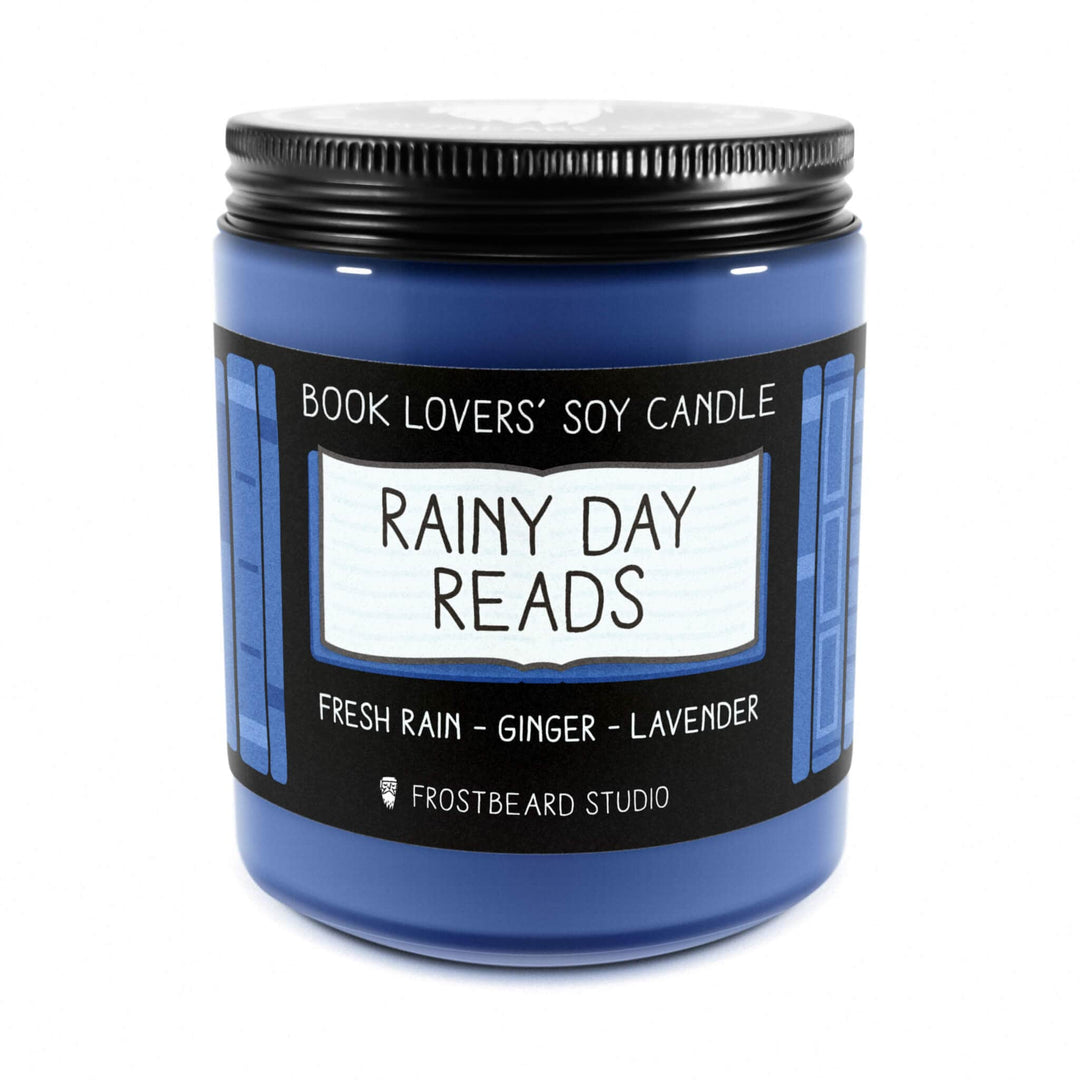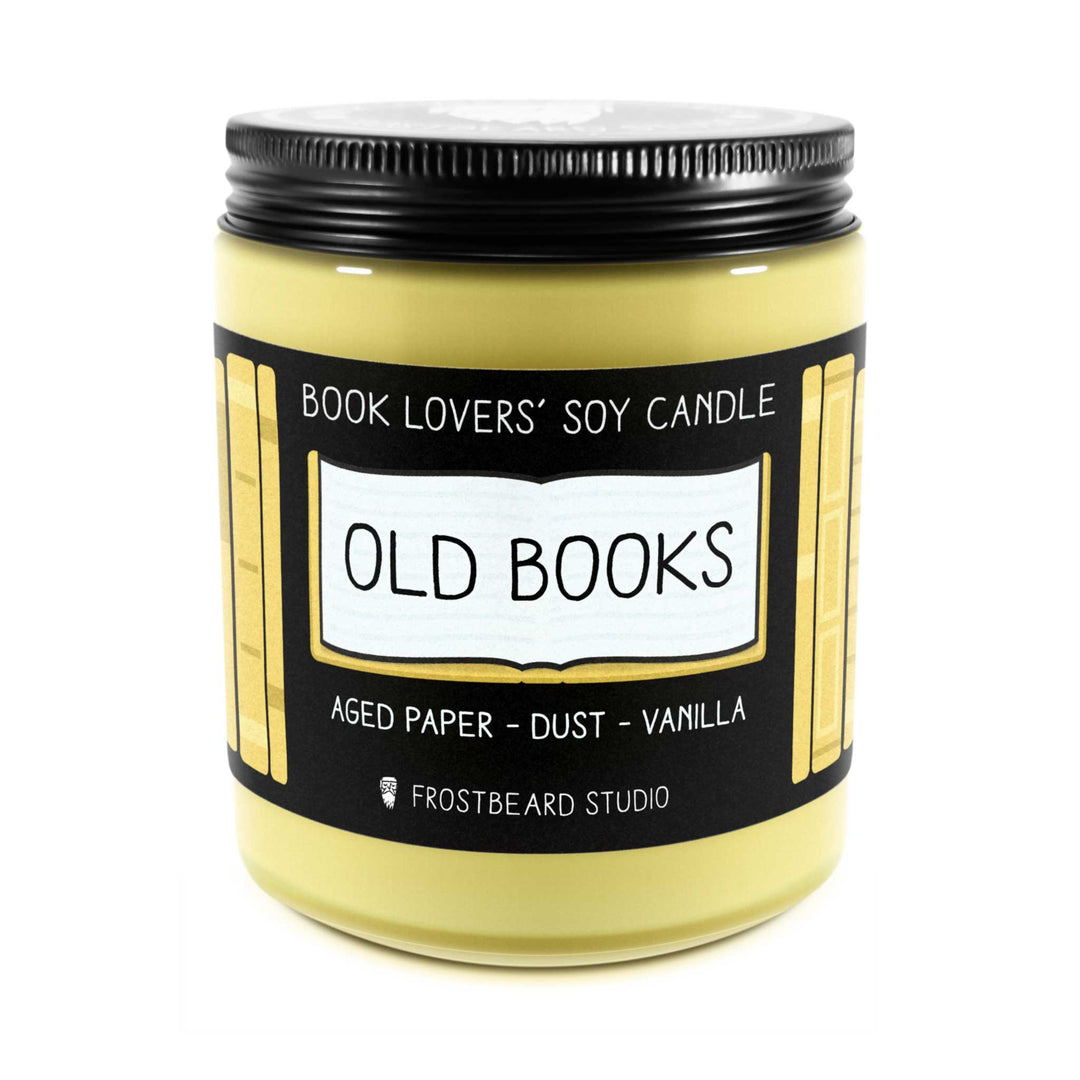From New to Antique: How to Age Your Books Gracefully
For book lovers seeking to create an "aged book" look, here's a quick guide:
- Supplies: Small Paperback Books, Dark Brewed Coffee, Sponge Brushes, Wax Paper, Cookie Sheet, Tarp or Trash Bags, Ribbon, Scrapbook Paper, Mod Podge
- Steps: Line the cookie sheet, remove book jackets, brush coffee on pages, dry thoroughly
Vintage books have a special charm that adds a touch of history and elegance to any space. Whether you’re decorating on a budget or simply love the aesthetic, learning how to age books at home is a fun and effective DIY technique. Aging books can give your collection a unique vintage look without the high cost of sourcing rare editions.
Creating these aged masterpieces right in your kitchen can be surprisingly easy – a small paperback, some dark brewed coffee, and a few simple tools are all you need to get started. So, if you're longing for that timeless, antique feel for your book collection, you're in the right place.
Having co-founded Frostbeard Studio, I’ve helped thousands of book lovers lift their reading nooks with unique literary candles and handcrafted decor. Let’s talk about how you can age your books like a pro!

Simple guide to aged book: - bibliosmia - how to get a musty smell out of books - old book smell
Why Age Your Books?
Aged books have a special charm that brings a touch of history and elegance to any space. Whether you're decorating on a budget or simply love the vintage aesthetic, learning to age books at home can be a fun and effective DIY project. Here’s why you might want to give it a try:
Decorating on a Budget
Vintage books can be quite expensive and hard to find. By aging books yourself, you can achieve that classic look without breaking the bank. All you need are a few simple supplies like coffee, sponge brushes, and scrapbook paper. This budget-friendly project can transform your space without the high cost of sourcing rare editions.
Vintage Aesthetics
There's something undeniably appealing about the look of old books. Their worn pages and faded covers tell a story of time and use. By creating aged books, you can bring that timeless, antique feel into your home. These books can add a sophisticated touch to your bookshelves, coffee tables, or nightstands.

Personal Touch
Aging your books allows you to customize each piece to fit your style. You can choose the level of wear and tear, the type of staining, and the design of the book jackets. This personal touch makes your collection unique and adds a special element to your decor. Plus, it's a great way to spend a creative afternoon!
Next, we'll dive into the supplies you'll need for aging your books.
Supplies Needed for Aging Books
Ready to transform your books into timeless treasures? Here’s a list of supplies you'll need to get started:
Coffee and Tea
Coffee and tea are essential for staining book pages to give them an aged look. Dark brewed coffee or black tea works best. Make sure the brew has completely cooled before using it on your books. These everyday items can help you achieve that vintage, worn appearance with minimal effort.
Sandpaper
Using sandpaper is a simple way to create worn edges and give your book pages a rough, antique feel. Fine-grit sandpaper is ideal for this, as it allows you to carefully distress the pages without causing too much damage.
Sponge Brushes
Sponge brushes are perfect for applying coffee or tea to the pages. They allow for even distribution of the stain, ensuring a consistent aged look. You can find these brushes at most craft stores.
Wax Paper
Wax paper is useful for lining surfaces to protect them from stains and to lay out your pages for drying. It prevents the coffee or tea from soaking through and making a mess.
Mod Podge
Mod Podge is a versatile glue that can be used for various crafting projects, including aging books. It’s especially handy for attaching scrapbook paper to create custom book jackets. A sponge brush can help you apply it smoothly.
Ribbon
Adding ribbon can give your aged books a finished, decorative touch. Wrap it around the book or tie it in a bow for added charm. Choose colors and styles that match your decor.
Scrapbook Paper
Scrapbook paper is great for crafting DIY book jackets. You can find a variety of designs at craft stores, allowing you to customize the look of your aged books. Use Mod Podge to attach the paper to the book covers.
With these supplies in hand, you’re ready to start aging your books and adding a personal, vintage touch to your home decor. Next, we'll guide you through the step-by-step process of aging book pages using coffee or tea.
Step-by-Step Guide to Aging Book Pages
Staining with Coffee or Tea
Dark brewed coffee and black tea are your best friends when it comes to giving book pages an aged look. Here's how to do it:
- Prepare Your Brew:
- Brew a pot of dark coffee or black tea and let it cool completely.
-
Pour the cooled liquid into a small bowl.
-
Set Up Your Workspace:
- Line a cookie sheet with wax paper.
-
Place your book on the wax paper.
-
Stain the Pages:
- Dip a sponge brush into the coffee or tea.
- Brush the liquid onto the book pages, covering both the front and back.
-
Don’t forget to brush the sides and spine for a consistent look.
-
Drying Process:
- Allow the book to dry in the sun on a tarp or trash bag for several hours.
- If some pages are still damp, let the book dry indoors overnight.

Using Sandpaper for a Worn Look
To add a worn, antique feel to your book pages, sandpaper is an excellent tool. Here's how to use it:
- Choose Your Sandpaper:
-
Fine-grit sandpaper works best for this technique.
-
Distress the Pages:
- Gently rub the sandpaper along the edges of the book pages.
-
Focus on areas that would naturally wear over time, like the corners and edges.
-
Create Rough Edges:
- For a more aged appearance, lightly sand the surface of some pages.
- Vary the pressure to create a natural, uneven look.
Crafting DIY Book Jackets
Creating custom book jackets is a fun way to add a personal touch to your aged books. Here's how to do it:
- Select Your Scrapbook Paper:
- Choose designs that match your decor or personal style.
-
You can find a variety of options at craft stores.
-
Cut the Paper:
- Measure the book cover and cut the scrapbook paper to size.
-
Ensure it fits snugly around the book.
-
Attach the Paper:
- Use Mod Podge and a sponge brush to apply a thin layer of glue to the book cover.
- Carefully place the scrapbook paper onto the glued surface.
-
Smooth out any bubbles with a straight edge.
-
Add Finishing Touches:
- Once dry, you can wrap a ribbon around the book for added charm.
- Tie the ribbon in a bow or a knot, depending on your preference.
By following these steps, you can transform any book into a beautiful, aged piece that adds character to your home. Next, we’ll explore how to decorate with your newly aged books to improve your living space.
Decorating with Aged Books
Once you've aged your books, it's time to showcase them. Here are some creative ways to decorate with aged books:
Vignettes
Vignettes are small, curated displays that tell a story. Use aged books to create charming vignettes around your home.
- Mantel Displays: Stack a few aged books with vintage items like old clocks or candles.
- Side Tables: Pair aged books with a small vase of flowers for a cozy corner.
Bookshelves
Bookshelves are perfect for displaying your aged book collection. Arrange them in a way that highlights their unique look.
- Vertical and Horizontal Stacks: Mix vertical and horizontal stacks to add variety.
- Bookends: Use decorative bookends to keep your aged books in place and add style.
Nightstands
Aged books can add a touch of vintage elegance to your bedroom.
- Lamp Base: Stack a few aged books and place a lamp on top for a unique lamp base.
- Bedside Reading: Keep a small stack of aged books on your nightstand for easy access to bedtime reading.
Coffee Tables
Your coffee table is another great spot to display aged books.
- Coffee Table Stack: Place a stack of aged books in the center of your coffee table. Top it with a decorative item like a candle or a small plant.
- Layered Look: Combine aged books with other coffee table books for a layered, eclectic look.
Ribbons
Adding ribbons to your aged books can improve their vintage charm.
- Wrapped Books: Wrap a ribbon around a stack of aged books and tie it into a bow.
- Color Coordination: Choose ribbon colors that match your room's decor for a cohesive look.
Using these ideas, you can decorate your home with aged books to create a warm, vintage atmosphere. Next, we’ll address some frequently asked questions about aging books.
Frequently Asked Questions about Aging Books
How do you age a book?
Aging a book can give it a charming, vintage look. Here's how you can do it:
-
Tea Staining: Brew a strong cup of black tea and let it cool. Use a sponge brush to apply the tea to the book pages. Make sure to cover both sides and let it dry completely.
-
Coffee Staining: Similar to tea staining, brew a pot of dark coffee and let it cool. Dip a sponge brush in the coffee and apply it to the pages. Dry the book thoroughly to avoid mildew.
-
Soaking Pages: For a more intense aged look, soak individual pages in tea or coffee. Lay them flat to dry on wax paper to prevent sticking.
How to make an aged book?
Creating an aged book involves more than just staining the pages. Follow these steps for a complete change:
-
Staining: Use tea or coffee as described above to stain the pages. This gives them a yellowed, vintage look.
-
Sandpaper: Lightly sand the edges of the book and the pages to create a worn effect. Be careful not to tear the pages.
-
Drying: Ensure the book is completely dry before moving on. You can leave it in the sun for a few hours or inside overnight. This prevents mildew.
-
DIY Book Jackets: Use scrapbook paper and Mod Podge to create custom book jackets. Cut the paper to size, paste it onto the book, and smooth out any bubbles with a straight edge.
Can you tell how old a book is?
Yes, you can often determine the age of a book by looking at a few key details:
-
Copyright Page: This page usually contains the publication date. It's typically found near the front of the book.
-
Edition Notice: Some books have an edition notice that indicates which edition you have. First editions are usually more valuable and can be a clue to the book's age.
These methods can help you create and identify aged books, adding a personal touch to your home decor. Use these tips to transform new books into charming vintage pieces.
Conclusion
At Frostbeard Studio, we believe that every book lover deserves an improved reading experience. Our book lovers' soy candles are designed to transport you into your favorite novels, making your reading time even more special.
Aging your books is a fantastic way to add a vintage touch to your home decor. Whether you're using coffee staining, tea staining, or sandpaper techniques, the process is simple and rewarding. These DIY methods not only give your books a charming, antique look but also allow you to personalize your space with unique, handcrafted items.
Pair your newly aged books with our literary-themed soy candles to create an immersive reading environment. Imagine the scent of "Old Books" filling the air as you flip through the pages of your favorite classics. It's a sensory experience that makes reading even more enjoyable.
By combining aged books with our candles, you can transform any room into a cozy, bookish haven. Whether you're decorating bookshelves, nightstands, or coffee tables, the possibilities are endless.
Explore our range of book-inspired candles and lift your reading experience. Happy reading!







